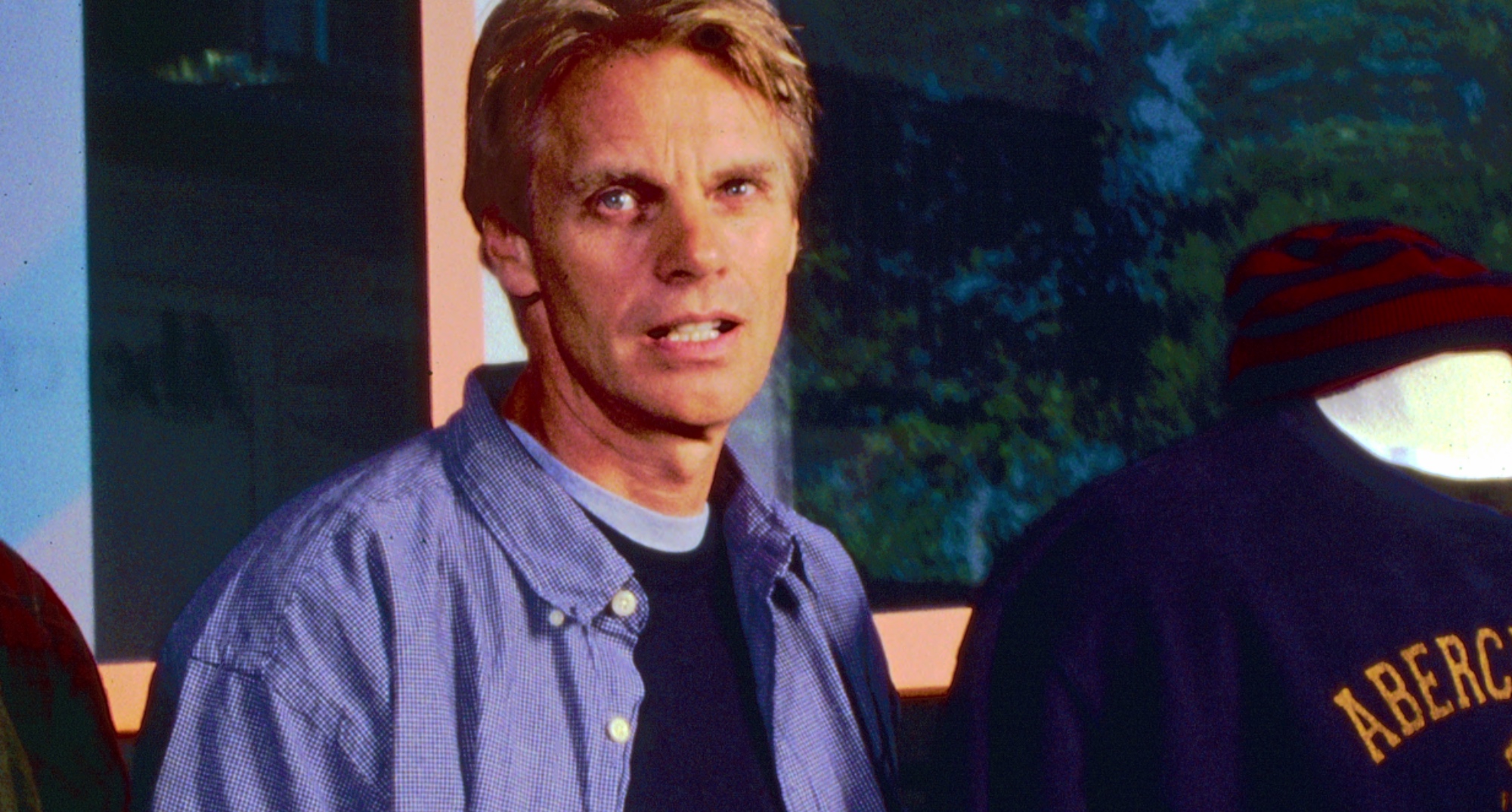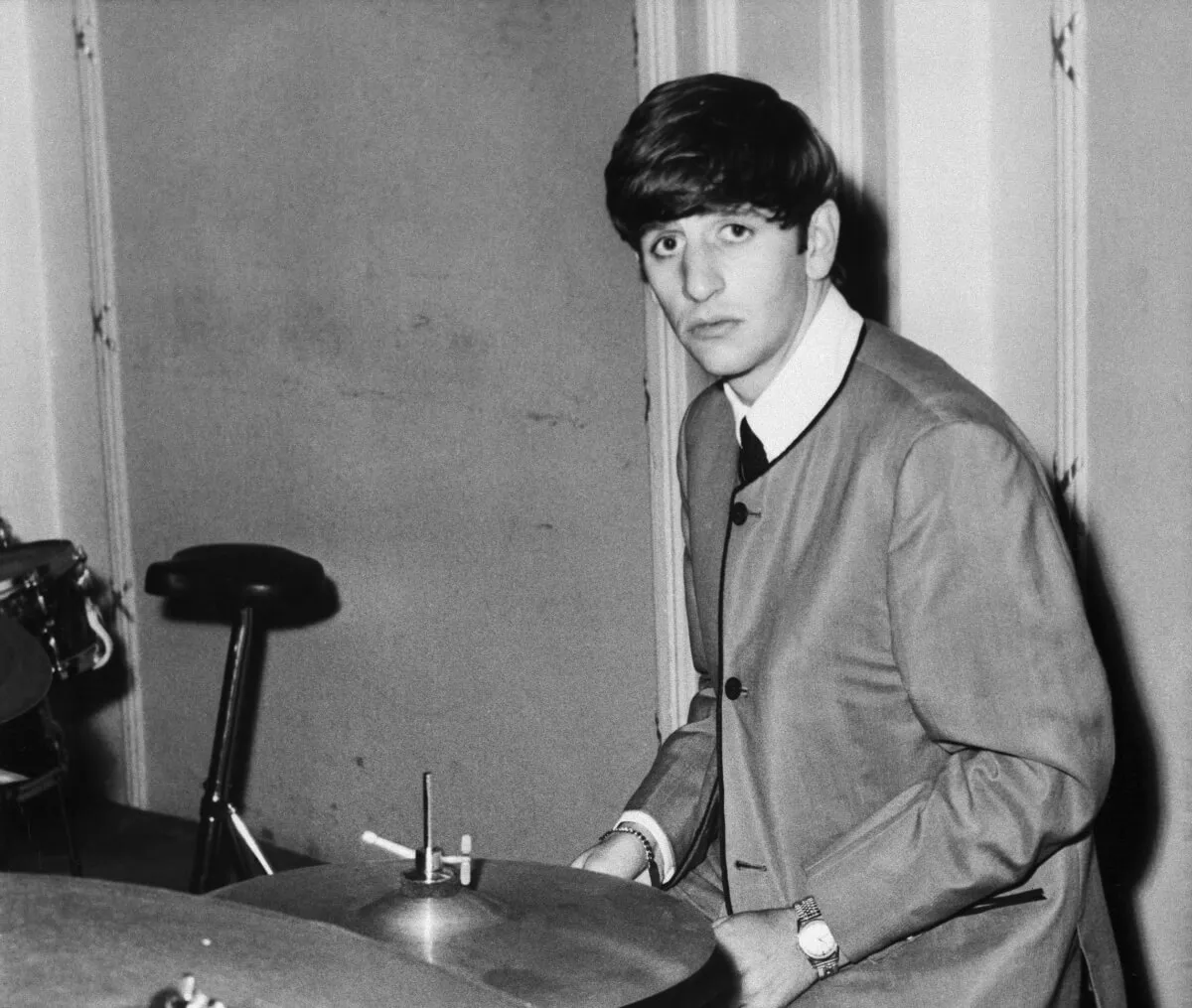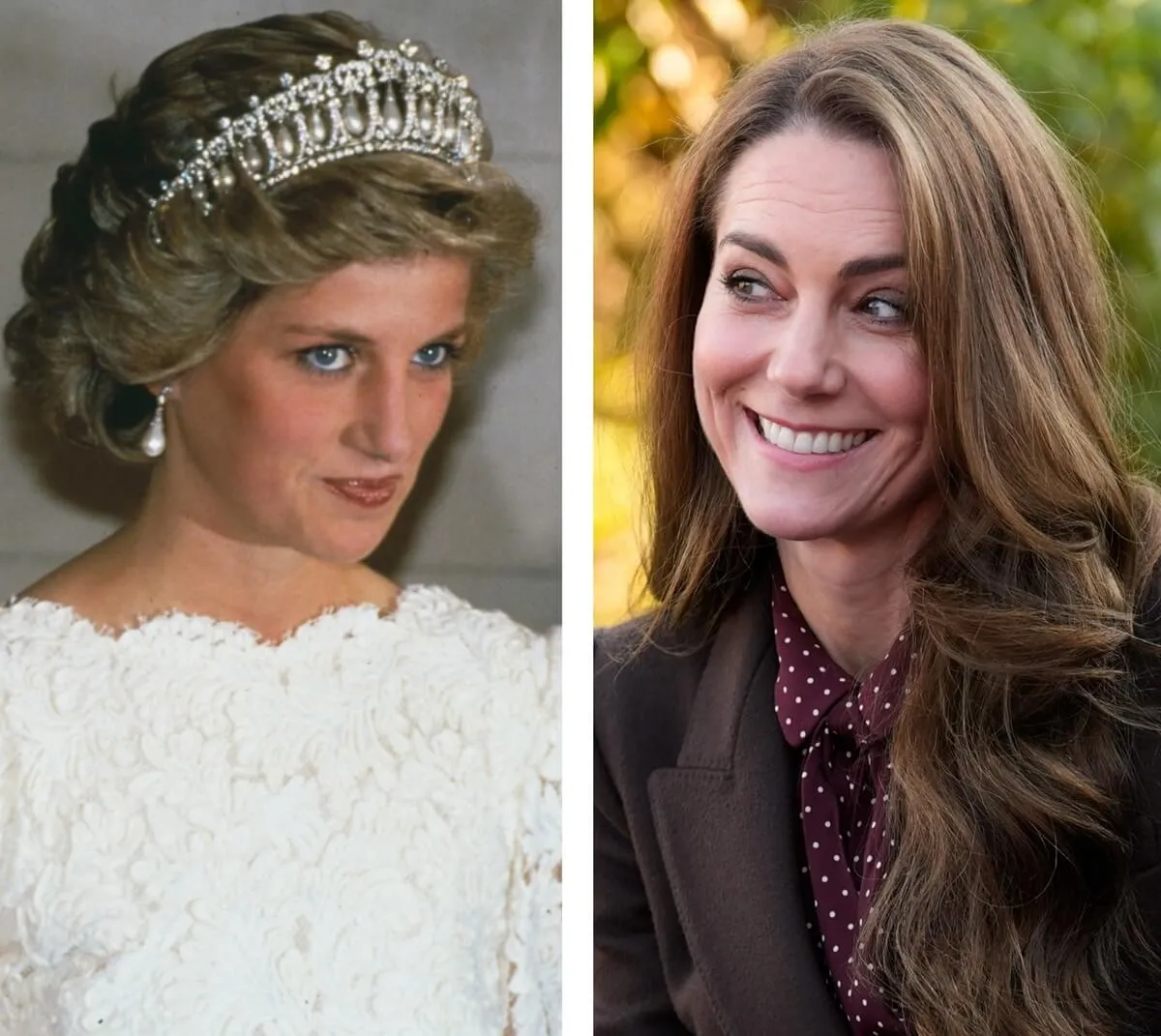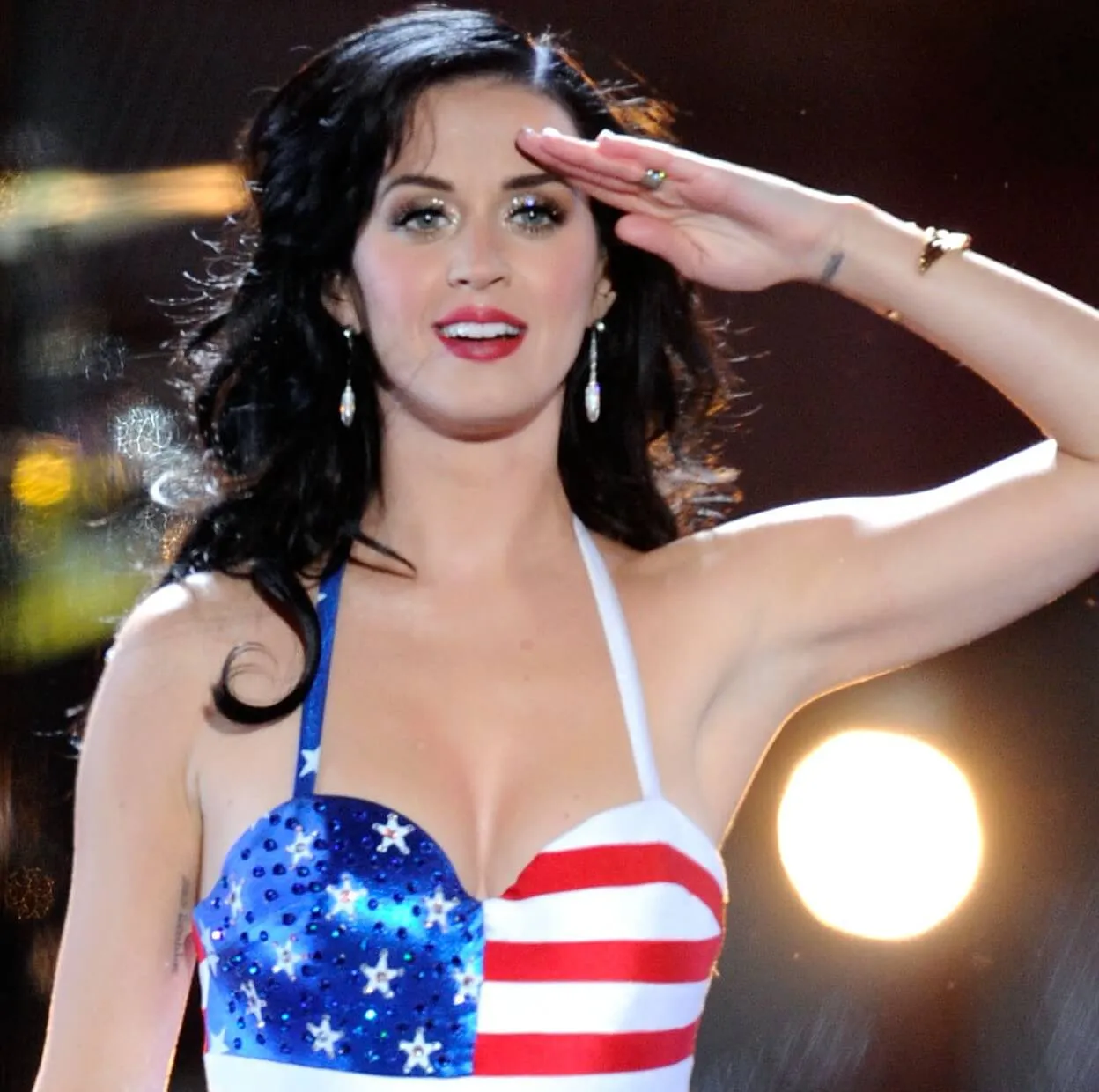Where Is Former Abercrombie & Fitch’s Mike Jeffries Now and Who’s the New CEO?
Netflix’s documentary White Hot: The Rise & Fall of Abercrombie & Fitch chronicles one of the most prolific clothing brands in the 90s and early 2000s. Abercrombie & Fitch’s “all American” aesthetic was brought to life and masterminded by Mike Jeffries, the CEO.
While the brand gained popularity, it gained just as much backlash. It led Jeffries to step down and the new CEO to try and salvage the brand.

‘White Hot: The Rise & Fall of Abercrombie & Fitch’ puts the brand under a microscope over its ‘exclusive’ mindset
The era of fashion in the 90s and 2000s was defined by MTV, pop culture, and Abercrombie & Fitch. The Netflix documentary described teens looking for a midway point between the prep look of Ralph Lauren and the sex appeal advertised by Calvin Klein.
Abercrombie & Fitch blossomed into becoming every teenager’s staple and the definition of what it meant to be “cool.” The brand did not sell clothes. It sold the desirable image consumers needed to be a part of. This meant the appeal of scantily clad and muscular men that flocked ads and the front of stores. Not to mention the thin model-like females.
The brand succeeded in packaging what teenagers of the era looked for. What it meant to be seen as popular. Beyond the chiseled abs was a successful store. Stores with dim lighting, doused in cologne, club music, and everything parents hated. On the surface, Abercrombie & Fitch was profitable thanks to CEO Mike Jeffries, but there was a darker story underneath.
Mike Jeffries simultaneously rose Abercrombie & Fitch to popularity and its destruction
According to White Hot: The Rise & Fall of Abercrombie & Fitch, the brand was not new. It was under the control of Leslie Wexner, the king of retail. Before Abercrombie & Fitch became the “all American” teen symbol, it sold prep wear, polos, and more. Wexner brought in Jeffries in 1992 to help revamp the 100-year-old brand. The new CEO did just that but in a way that would help and ultimately hurt the brand.
Jeffries reworked Abercrombie & Fitch to focus on elitism, exclusivity, good looks, sex appeal, and the controversial “all American” look. While the brand’s stock market value increased with Jeffries’s vision, employees started to notice the problems in the corporate machine. The CEO and company soon faced racial discrimination lawsuits and unjustly fired employees based on looks and skin color.
Problems got worse. Abercrombie & Fitch’s photographer Bruce Weber was accused of sexual misconduct. After the company and Jeffries’s “exclusive” ideal came to light and their loss of sales, he stepped down from the company in December 2014.
According to Elle, Jeffries has kept out of the public spotlight ever since. He has kept his life private since stepping down from the company. “In 2015, the company sold the corporate jet, and in 2016, Jeffries listed his Manhattan townhouse for $19.5 million,” explained Elle. It later sold for over $12 million.
Abercrombie & Fitch brought in Fran Horowitz to save the brand for a new generation of cosumers
In the absence of Jeffries from Abercrombie & Fitch, the brand needed a lot of help to push past its dark past. Fran Horowitz became the new CEO of the company in 2017. She was already working as President of Hollister in 2014 and chief merchandising officer of Abercrombie in 2015.
In the Netflix documentary, an interview with CNBC, Horowitz explains, “We are no longer the company that we used to be.”
The company’s stock saw a rise since Horowitz’s leadership. “It’s soared 271% over the past year alone,” explained Business Insider. Jonathan Treiber, cofounder and CEO of management solutions company RevTrax, explained the brand has “been trying to attract older youth and young professionals with casual wear.”
In other words, Horowitz is appealing to the Millenials entering adulthood who need “capsule” clothing that is sustainable and inclusive.


